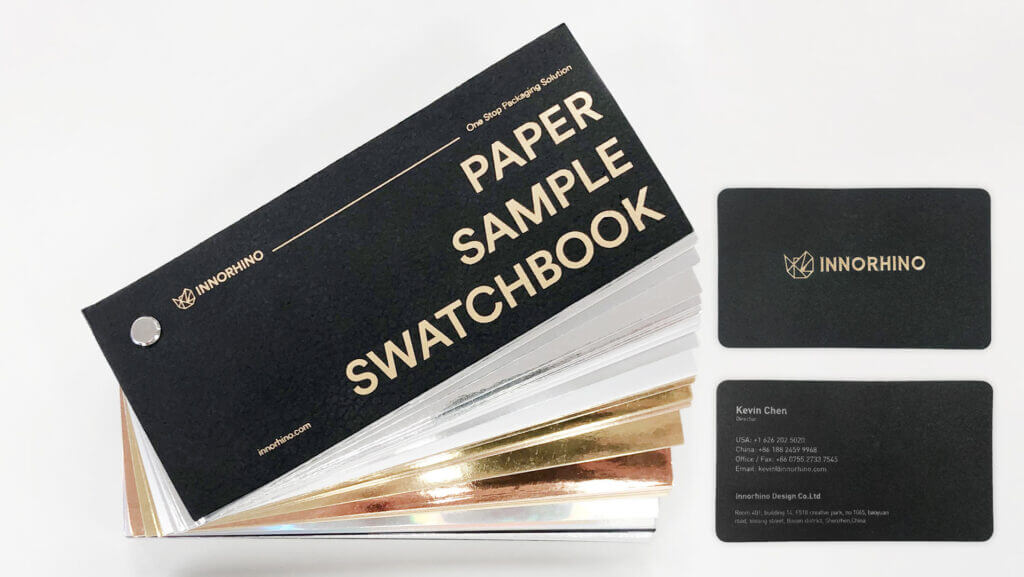As global trade dynamics shift, Vietnam has emerged as a critical manufacturing hub for packaging solutions serving U.S. markets. However, recent tariff updates between the U.S. and Vietnam have introduced new complexities that U.S. businesses must navigate carefully.
Despite these challenges, Vietnam remains a strategic choice for packaging manufacturing thanks to its cost advantages, government support, and adaptability. At INNORHINO, we help U.S. companies transform these challenges into opportunities, ensuring supply chains remain resilient, cost-effective, and sustainable.
Latest Tariff Updates: Key Changes to Note
1. New Tariff Agreement (July 2025)
In July 2025, the U.S. and Vietnam signed a new trade agreement introducing:
- 20% tariffs on direct exports from Vietnam to the U.S.
- 40% tariffs on goods transiting through Vietnam.
These significant increases aim to reshape supply chain dependencies and reduce trade imbalances.
2. Impact on Costs
While tariffs raise export costs, Vietnam still offers:
- Lower manufacturing costs compared to other Asian markets.
- Strategic proximity to major suppliers in Asia, reducing shipping expenses.
- Favorable trade deals with non-U.S. markets that allow diversification.
3. Supply Chain Shifts
Higher tariffs are forcing U.S. companies to rethink sourcing and manufacturing strategies. Vietnam’s strengths—including infrastructure, skilled workforce, and supplier networks—continue to make it a preferred destination despite these new hurdles.
Why Packaging Manufacturing in Vietnam Remains Strategic
1. Cost Efficiency
Even after factoring in tariffs, Vietnam offers:
- Among the lowest labor and operational costs in the region.
- Competitive pricing for materials and logistics.
- Significant savings when compared to alternative markets such as China or Mexico.
This cost advantage helps U.S. businesses maintain profitability even in a higher-tariff environment.
2. Government Support and Incentives
Vietnam’s government actively encourages foreign investment with:
- Tax breaks and incentives for manufacturing.
- Ongoing investment in transportation, ports, and industrial zones.
- Simplified regulations for establishing and operating manufacturing facilities.
These policies make Vietnam a predictable, business-friendly environment for packaging production.
3. Adaptability and Customization
Vietnamese packaging manufacturers excel at:
- Rapid prototyping and flexible production runs.
- Delivering eco-friendly packaging that aligns with U.S. consumer trends.
- High-quality finishing and design customization to meet brand needs.
This adaptability ensures U.S. companies can differentiate themselves while keeping costs under control.
Benefits for U.S. Clients Partnering with INNORHINO
At INNORHINO, our mission is to simplify Vietnam-based packaging manufacturing for U.S. businesses. Here’s how we deliver value:
1. Cost Optimization
We identify opportunities to offset tariff-related costs through smart sourcing, local partnerships, and production efficiency.
2. Sustainable Packaging Solutions
Our designs prioritize eco-friendly materials and processes, helping you meet growing demand for sustainable products in the U.S. market.
3. Tariff-Smart Supply Chain Design
We help you redesign your supply chain to minimize tariff impact while ensuring speed, quality, and reliability.
Best Practices for U.S. Businesses Sourcing from Vietnam
- Conduct thorough cost-benefit analyses, factoring in new tariffs and logistics costs.
- Diversify suppliers within Vietnam to mitigate risk and maximize flexibility.
- Invest in sustainable packaging designs to meet evolving U.S. consumer expectations.
- Work with experienced partners (like INNORHINO) who understand local regulations, quality standards, and logistics.
Frequently Asked Questions (FAQ)
Not necessarily. While tariffs increase costs, Vietnam’s low manufacturing expenses often offset them. Smart supply chain design can help mitigate the impact.
Lower labor costs, government incentives, high manufacturing quality, and strong infrastructure make Vietnam a reliable alternative.
Absolutely. Vietnam’s packaging sector is highly adaptable, offering eco-friendly materials and production methods aligned with U.S. market demands.
We offer end-to-end guidance: cost optimization, supply chain design, sustainable packaging solutions, and local expertise to ensure smooth, cost-effective operations.
Conclusion
Despite the latest tariff updates, Vietnam remains a smart, strategic hub for packaging manufacturing. Its cost efficiencies, adaptability, and supportive business environment help U.S. companies stay competitive in a challenging global market.
At INNORHINO, we’re dedicated to helping you navigate these changes with confidence, ensuring your packaging solutions are both effective and cost-efficient. Ready to optimize your packaging manufacturing in Vietnam? Contact us today to learn how we can help.








